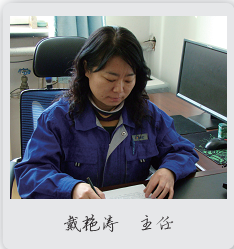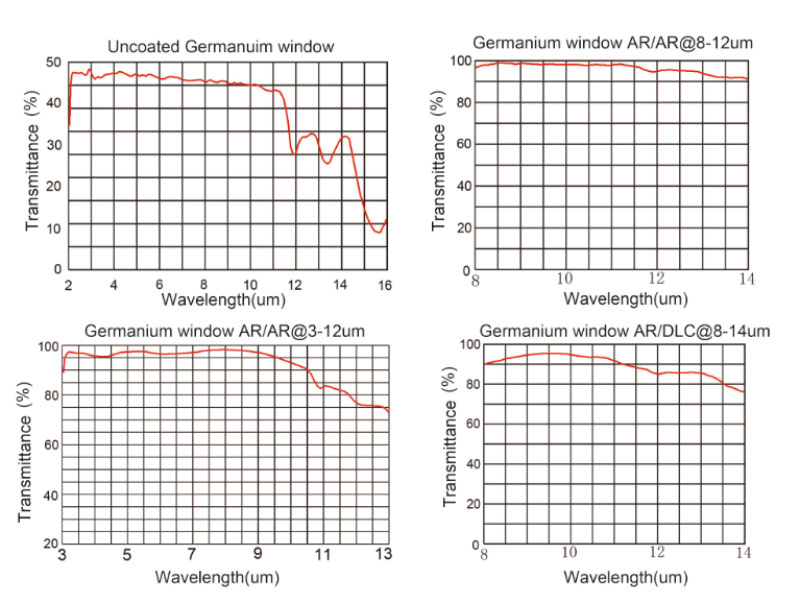
The medium frequency induction furnace is the main equipment of the foundry. The stability, reliability and safety of its work are the guarantee for the normal and stable operation of the casting production line of the flow operation. At present, the induction melting furnace has developed rapidly and has gradually replaced the cupola.
In addition to being able to be smelted in the atmosphere, the induction furnace can be smelted in a vacuum and a protective atmosphere such as argon or helium to meet special quality requirements. Compared with other melting furnaces, in addition to the melting principle, it has the following characteristics:
(1) The material is directly heated by electromagnetic induction, and the thermal efficiency is high.
(2) Since no air is used in the smelting, the element is burnt less and the impurities are less mixed.
(3) Simple operation, easy adjustment of composition, addition of trace elements and temperature control.
(4) The heat around the melting furnace is less, the amount of smoke is low, and the working environment is improved, which is conducive to environmental protection.
(5) Small footprint.
(6) High current density, suitable for high temperature melting.
(7) It is easy to implement automatic control, and in particular, program control can be performed by using a computer.
(8) The medium frequency magnetic field has magnetic stirring effect on the molten metal, which is favorable for uniform composition and scum, and the composition and temperature of the liquid metal are relatively uniform.
Germanium Plano-Convex (PCX) Lenses feature precision diamond turned surfaces making them ideal for a variety of infrared applications, including thermal imaging, infrared spectroscopy, and remote sensing. Germanium (Ge) is popular for its high index of refraction, broad transmission range, and rugged mechanical properties. These lenses are available in 25 and 50mm diameters, uncoated, or with multiple broadband coating options.
Germanium (Ge) material feature high index of refraction (around 4.0 from 2 - 14μm), an anti-reflection coating is recommended on these germanium windows for sufficient transmission in the region of interest. Germanium is subject to thermal runaway, meaning that the transmission decreases as temperature increases. As such, these germanium windows should be used at temperatures below 100°C. Germanium`s high density (5.33 g/cm3) should be considered when designing for weight-sensitive systems. 

|
Germanium windows specifications |
||
| Standard precision | High-precision | |
| Dimension Tolerance | φ5-250mm+0/-0.2 | φ3-350mm+0/-0.2 |
| Thickness Tolerance | 1-50mm+/-0.1 | 1-50mm |
| Parallelism | 1 arc minute | 10 arc seconds |
| Surface Quality | 60/40 | 20/10 |
| Flatness | N<λ/2@633nm(at 50mm) | N<λ/10@633nm(at 50mm) |
| Clear Aperture | >90% | >95% |
| Chamfer | Protected <0.5mmx45deg | Protected <0.5mmx45deg |
Germanium Lens,Ge Infrared Aspheric Lens,Germanium Aspheric Lens,Germanium Infrared Lens
China Star Optics Technology Co.,Ltd. , https://www.csoptlens.com